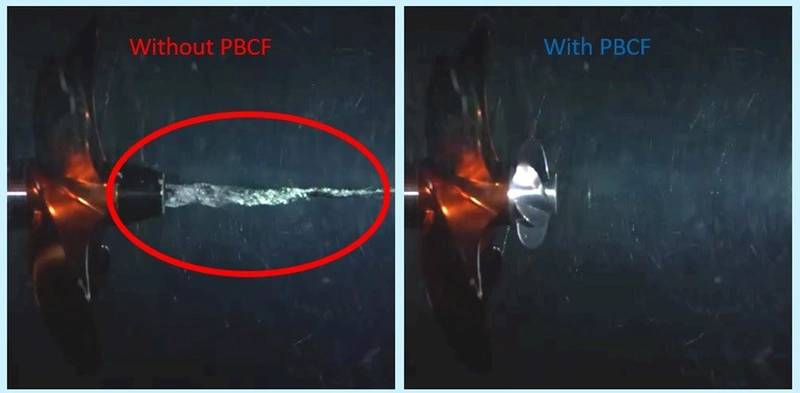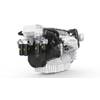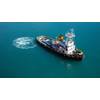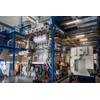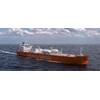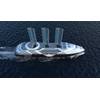MOL's Propeller Boss Cap Fins earns Guinness World Record Title
Mitsui O.S.K. Lines, Ltd. announced that its Propeller Boss Cap Fins (PBCF), sold by its group company MOL Techno-Trade, Ltd. was certified as the “Best-selling Energy-Saving Ship Appendage Brand (Cumulative)”, by Guinness World Records, and received the official certificate on December 23, 2021.
This award is based on the cumulative 3,748 PBCFs sold (the sales record with 3,516 vessels including twin-screw vessels equipped with PBCF) as of the end of December 2020.
PBCF was co-developed by MOL, West Japan Fluid Engineering Laboratory Co., Ltd., and Nakashima Propeller Co., Ltd. (called Mikado Propeller Co., Ltd. at the time) in 1986, and went on sale by MOL in 1987. In 2000, sales operations were transferred to MOL Tech.
It was the first device in the world to be commercialized to recover the energy wasted in the vortex that forms behind a rotating propeller and increase the thrust by breaking up this vortex. Analysis has shown that equipping a vessel with PBCF results in energy savings of 3% to 5%
Since its introduction, as shipowners and operators around the world have recognized the device’s performance, sales rose steadily. Orders reached 1,000 in 2006, 2,000 in 2011, and topped 3,000 in 2015. In 2017, based on the joint research results of MOL Tech, MOL and Akishima Laboratories (Mitsui Zosen) Inc., an upgraded PBCF, offering further improvements in energy-saving went on the market.
By 2021, PBCF cumulative sales exceeded 3,800 (the number of vessels equipped with PBCF exceeded 3,600). Even now, about 35 years after its launch, PBCF is still selling well as an energy-saving device for ships.
MOL Tech calculated that the expanded use of PBCF has contributed to a cumulative 46-million-ton reduction in CO2 emissions worldwide.
MOL Group continues to study hybrid combinations with other energy-saving devices such as stern fin, duct and rudder bulb and confirmed the synergistic effects in tests using a model.
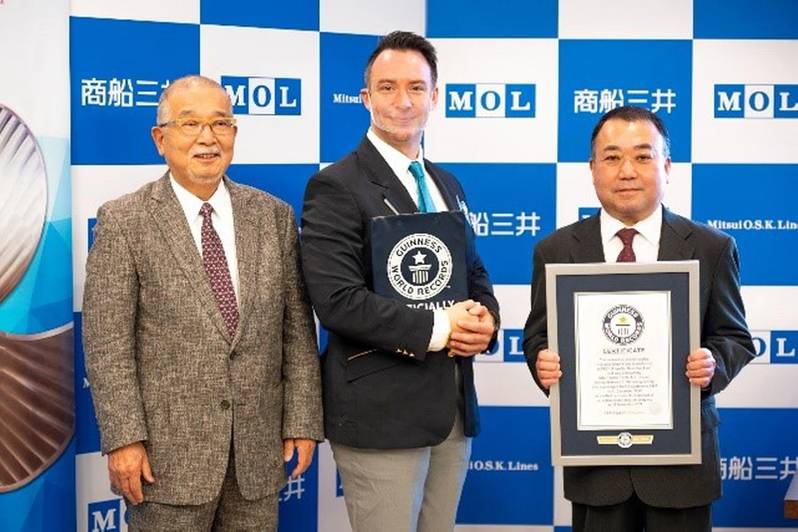 Photo courtesy MOL
Photo courtesy MOL





